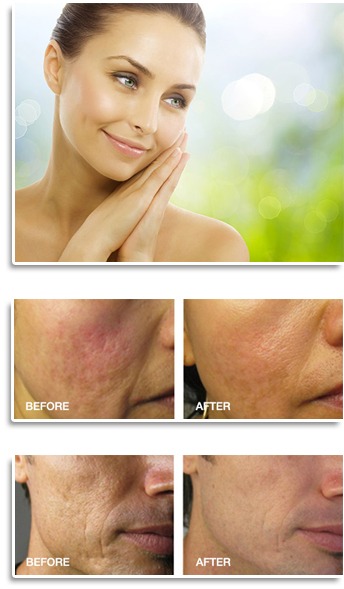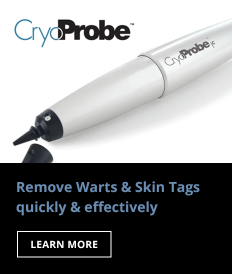Acne Scarring
What is an Acne Scar?
Acne scars are much more common than most people believe. If acne lesions are not treated promptly and properly, they can leave acne scarring on your complexion even if you don’t squeeze or pick them. There are many treatments for acne scarring.
Causes of Acne Scar:
The development of bacteria in acne usually triggers our natural defence mechanism antibodies in the white blood cells will enter the clogged follicles and eliminate the bacteria. However, in the process of killing off the acne bacteria, the antibodies may also cause inflammation and destruction of the surrounding dermis. When the supporting dermis is damaged, a visible depression appears. This is how most acne scars develop. Individuals with a scarring history or with weakened immune systems tend to get more pronounced acne scars.
Types of Acne Scars:
- Macular acne scar – flat scar, with increased or decreased pigmentation.
- Boxcar acne scar – round or oval shaped when seen from above, with sharp vertical edges on cross section, appear similar to post chicken pox scars.
- Rolling acne scar – appear like undulations on the skin, caused by tethering of skin to the underlying tissues.
- Deep pit acne scar – sharp and deeply indented, caused by the loss of subcutaneous tissue volume.
- Ice-pick acne scar – small holes in the skin, appear like the indentation left by an ice-pick.
- Hypertrophic acne scar – raised and pigmented.
- Keloid acne scar – raised, thick, red or purple coloured, may enlarge over time.
Acne Scar Removal Treatment
If acne scarring appears, the treatment chosen to remove them will largely depend on the type of scarring you have and your skin type. In some cases, a combination of different techniques may achieve best results of scar revision.
Treatments such as microdermabrasion, organic peels, photo rejuvenation/ photo facial and laser treatments can treat mild or shallow acne scarring such as macular acne scar and shallow boxcar acne scar. In each case, it is important that any active acne is under control during or prior to treatment, since the impact on the skin caused by acne may last for a long time.
The traditional way of treating severe and deep acne scarring involves dermabrasion or surgical excision, during which the top layers of the affected skin are sanded off. They require the use of anaesthesia and need a lengthy recovery period. In the mid 90’s, CO2 laser resurfacing became the most common method to treat deep scarring. However, CO2 laser resurfacing still requires prolonged recovery time and often causes new scarring, or the loss of pigmentation.
Fortunately, a revolutionary advance in aesthetics technology has brought us a far less invasive solution to deep acne scarring. The INTRAcel Technology can now improve deep acne scars dramatically, without the risks and side effects related to surgical procedures and ablative lasers. In certain types of acne scars, some clients report a significant improvement after using this method. This treatment allows affected skin to be treated without injuring it, while stimulating the creation of new collagen. After a series of treatments scheduled six weeks apart, the appearance of existing acne scars gradually improve or may even disappear.
At Lina Diminno Med Spa, we provide Acne Scar Removal Treatment in King City, Vaughan, New Market, Richmondhill, Barrie, Sharon, Bradford, and Queensville areas.







